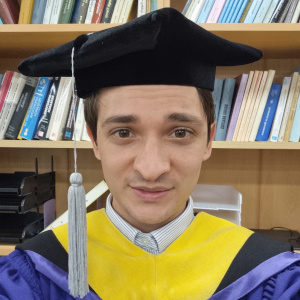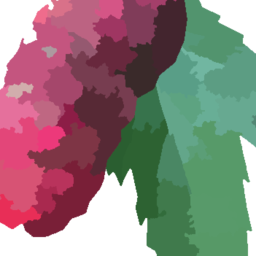Two truths and one lie
A puzzle based on the icebreaker game.
Two truths and one lie:
- I have a twin.
- I used a random number generator to decide whether to place a true or false statement in #1.
- I do not understand the rules of “two truths and one lie.”
Solution inside.
Master’s graduation and two free optimization courses
On September 29, I received my master’s degree in industrial engineering from Seoul National University!

It’s been a wonderful two years. Despite the challenges of social distancing, I was able to take a diverse assortment of courses in optimization, economics, and human factors; participate in research projects in two different labs; present at a conference in Jeju; and write (in both Korean and English) a thesis I’m rather proud of.
Apply to fifty colleges
In this post, we’ll use fake numbers and a simplified model to argue that the most college applicants should apply to far more colleges than they actually do. You can probably extend the argument to job applications and the dating game. I’ll also compute a few fake comparative statics and speculate about why real students don’t apply to more schools.
Grading multiple-selection questions
Consider the following test question:
Which of the following are US States? (select multiple)
- Washington
- Delaware
- Frankfurt
- Memphis
This is a multiple-selection question, so the correct answer is a and b. How would you grade a question like this on an exam?
Mulberry: A college application strategist
I recently created Mulberry, a web app students can use to compute their optimal college application strategy. It is a free, open-source, user-friendly interface to Algorithm 1 from my MS thesis.
